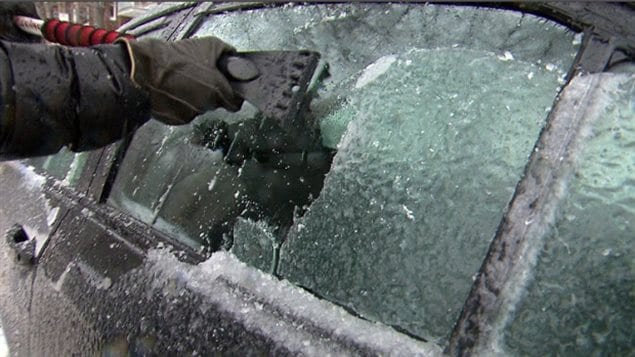Eastern Canadians may be disheartened to learn that a very strong El Nino cycle may bring a warmer winter, and could also set the stage for nasty ice storms like that of 1998. The cycle is driven by warm water temperatures in the Eastern Pacific Ocean and is associated with droughts, floods, and storms.
This El Nino is already strong and the UN’s World Meteorological Organization (WMO) says it is expected to be biggest in more than 15 years. It would be second only to the one that hit at the end of 1997 and beginning of 1998.

1998 ice storm was a natural disaster
January 1998, there was a week of freezing rain that paralysed parts of the provinces of Quebec and Ontario knocking out electricity to millions of people for days and, in some cases, weeks. Some people lit fires to try to stay warm and suffered carbon monoxide poisoning. Others got hypothermia. Many had to leave their homes.
Massive sheets of accumulated ice slid off buildings and toppled huge power pylons. The storm was considered to be a natural disaster.

Heat waves, floods, hurricanes predicted
Calling this uncharted territory, WMO head Michael Jarraud says the combination of this El Nino and human-induced climate change may interact in unprecedented ways.
Global temperatures have already reached new records. Heat waves could be hotter and happen more often. There could be more category 4 and 5 hurricanes and rising sea levels mean storm surges may go further and cause more damage, he warns.







For reasons beyond our control, and for an undetermined period of time, our comment section is now closed. However, our social networks remain open to your contributions.